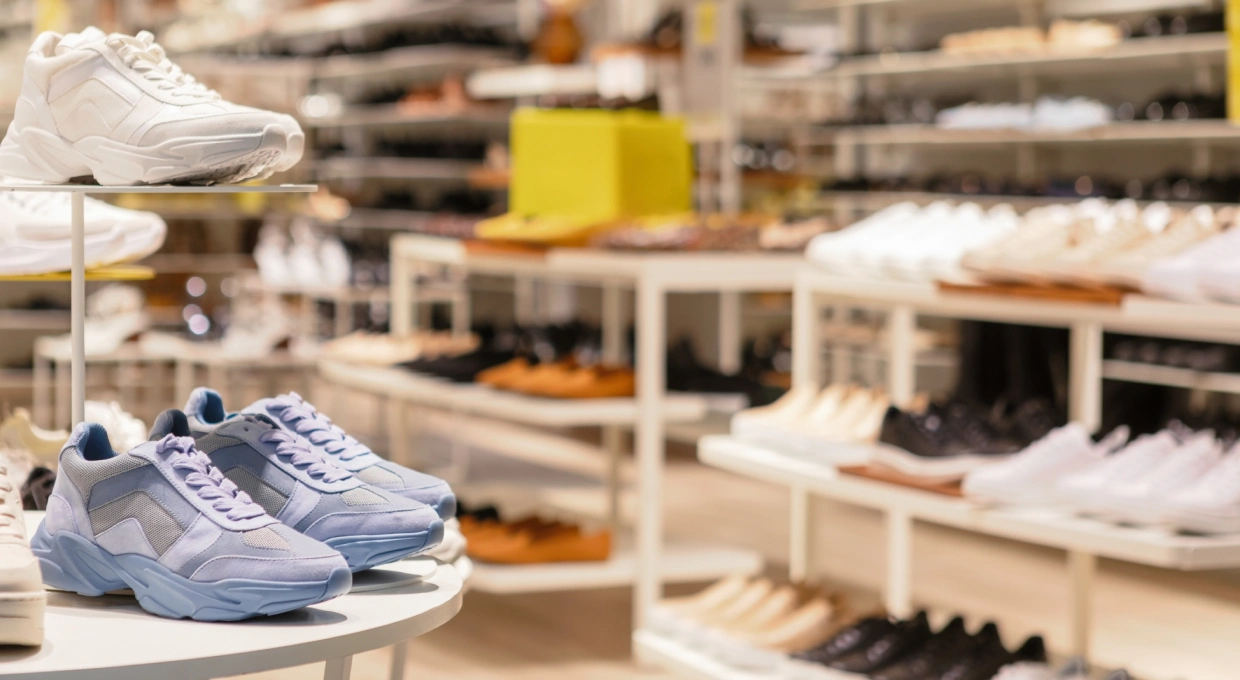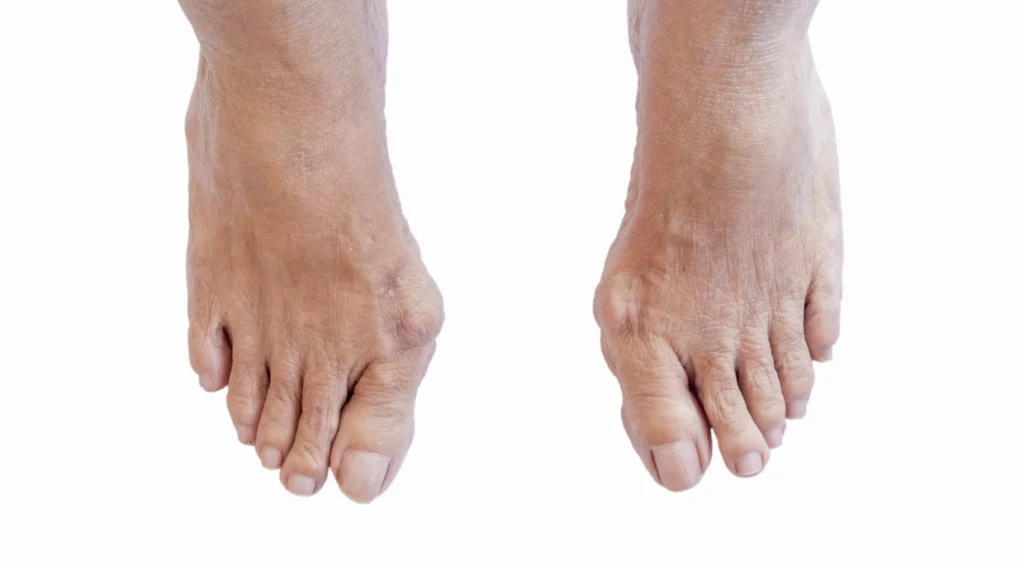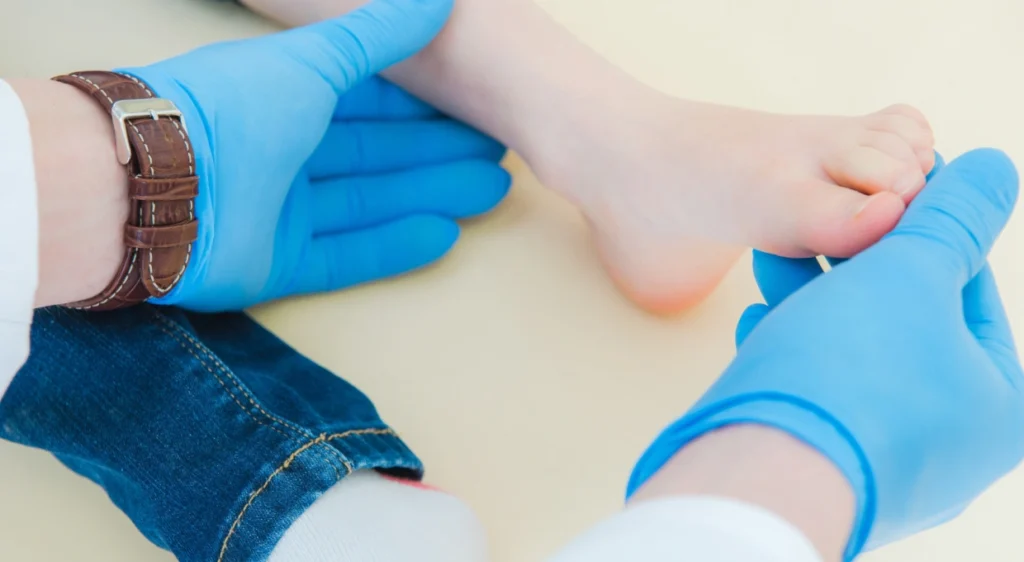Inherited footwear is a common practice, especially in families with several children, but is it really good for children’s developing feet? The answer depends on several factors that can influence a child’s health and well-being.
The importance of proper footwear for children
During infancy, children’s feet are constantly developing. Bones, muscles and ligaments are forming, and footwear plays a crucial role in this process. Proper footwear not only protects the feet, but also supports healthy foot development, helping to prevent future deformities and posture problems. Wearing inherited shoes can be problematic because each foot is unique, and a shoe that has been shaped by another child’s feet may not provide the support needed for the new wearer. Shoes tend to mold to the shape of their first owner’s foot, which can cause the second child to adopt an incorrect posture when walking or running.
Risks associated with the use of inherited footwear
Uneven wear: Children’s shoes often wear unevenly due to differences in their gait and posture. An inherited shoe may have worn soles in areas that do not match the new wearer’s gait, which could cause imbalances and increase the risk of injury. 2. Inadequate support: As shoes age, they lose their ability to provide the necessary support. This is especially problematic for shoes that have already been worn by another child, as the internal support of the shoe is likely to be compromised. 3. Hygiene problems: Shoes can accumulate bacteria, fungi and sweat from the previous wearer. Although it is possible to clean the outside of the shoe, removing all microorganisms from the inside is much more complicated. This can lead to foot infections, especially in children with developing immune systems. 4. Deformities and posture problems: Prolonged use of inappropriate or worn-out shoes can lead to the development of foot deformities, such as bunions or hammertoes. It can also affect the child’s overall posture, which in the long term could cause pain in the legs, knees and back.
When is it acceptable to inherit footwear?

Although there are risks associated with wearing inherited footwear, there are circumstances in which it may be acceptable, as long as the necessary precautions are taken:
- Lightly worn shoes: If the inherited shoe has been worn very few times and is in good condition, it may be suitable for a second child. It is important that the shoe is not deformed and maintains its original support.
- Special occasion footwear: If footwear is worn only on special occasions (e.g., dress shoes), it is less likely to cause problems if it is inherited, since its use will be limited.
- Size-adjustable footwear: Some children’s shoes are designed with adjustable features to accommodate different foot sizes and shapes. This type of footwear may be safer to hand down.
Recommendations for parents
Inspect inherited footwear: Before deciding whether an inherited shoe is suitable, carefully inspect its condition. Check for wear on the sole, stiffness of the support and any signs of deformity in the shoe. 2. Consider the shape and size of the foot: Make sure the shoe fits the child’s foot properly. A shoe that is too small or too large can cause problems. It is preferable that new shoes fit the child’s foot. 3. Prioritize quality: If you decide to buy new shoes, invest in quality. A good pair of shoes that provides the necessary support and protection is essential for the healthy development of your child’s feet. 4. Rotate shoes: Even if you inherit shoes, try to rotate the shoes your child wears to avoid uneven wear and provide rest for the feet.
Conclusion
Legacy footwear may be a practical option in some circumstances, but it should not compromise the health of the child’s foot. The key is to ensure that the shoes are adequate in terms of support, fit and hygiene. If in doubt, it is always best to opt for new footwear, especially during the crucial years of child development.



